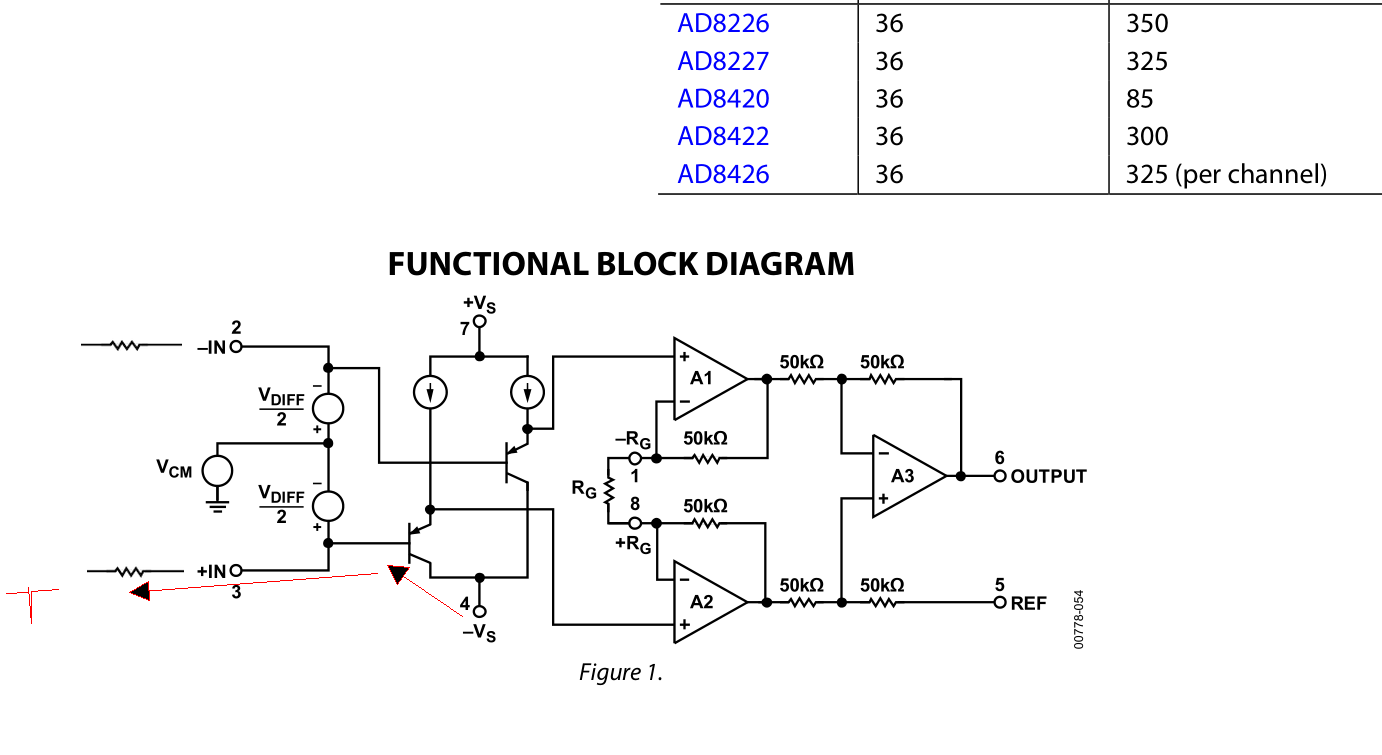Short answer : Safety current limit for CM input range input VceVcb forward bias current from 0.22Ω* current pulse as the source during OFF commutation or unintended loose wire contact when running.
Also ground shift from poor wiring ESL. where Vemf=Ldi/dt for sense wiring L
Normally the shunt R 0.22Ω is designed for 50mV drop at max rated current to keep I^2R losses low. But as we know Motor DCR cause start currents >8x the Imax rated current, the negative voltage on the current shunt may exceed -100mV rating for CM input range on this INA.
If it exceeds -600mV then the input Vbe of the PNP base collector begins to conduct and will blow the front end. So a wise choice of R value is to limit the current with some experience.
Negative voltages occur from back EMF when the motor is shunted to stop, then it acts as a generator and V = L dI/dt depends on both conduction current and rate of change of current (negative) switching when motor is turned Off also resulting in a negative current spike.

